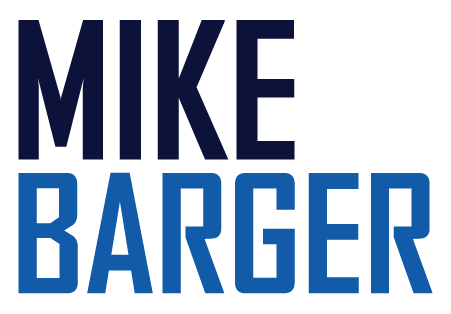When an organization finds itself in a crisis, each of its stakeholders will be concerned about the threat to their specific value proposition. Predictably, each will be looking for any information they can uncover to better understand the nature, extent, and potential impact of the threat. One of your many responsibilities as a high-stakes leader should be to position yourself and your team as the primary sources of this information.
Why is it so important for an individual or a small team within an organization to serve as the primary source of “the facts” during a crisis? Because not only will stakeholders look everywhere to discover information, but there is evidence that many will demonstrate a belief in just about anything that they find.
What evidence exists to support this claim? From our own experiences, we know this to be true. When was the last time that you conducted a Google search for an answer to a problem that you were trying to solve? When you searched, did you find it challenging to differentiate the good advice from the bad? Was it difficult to separate fact from fiction? If you struggled a bit in your attempts to find the “right” information, you are not alone. As we have all learned from our own experiences, sometimes the information on the internet is not particularly accurate, complete, or unbiased.
During a crisis, when stakeholders are not getting the information they want, need, or expect, where will they go to get it? When they visit the internet (particularly when they head over to Facebook or Twitter) to learn about an ongoing crisis, what might they find? How accurate is the prevailing information likely to be? How would they know the difference between good information and bad? Common sense tells us that Google may not be the best place to find accurate information about a developing crisis, but the search engine has become so integral to our lives that it is reasonable to assume that it will be used, nonetheless. For high-stakes leaders, this can become a significant liability. In fact, we all saw this play out during the COVID-19 pandemic in many ways. A particularly interesting manifestation of this involved Corona Beer, a product of Grupo Modelo (a subsidiary of Anheuser-Busch InBev), which is brewed in Mexico and exported widely to the United States. While reports have suggested that Corona sales were not negatively impacted by the beer’s name (which it shares with the “coronavirus,” the generic term often used to refer to the SARS-CoV-2 virus that causes COVID-19), there is evidence to suggest that not everyone has been able to embrace the lack of relation.
In an article published by USA Today on January 29, 2020, a headline read “The coronavirus has nothing to do with Corona beer. But, some people seem to think so.” The article cited the surge in Google searches for: “corona beer,” “corona beer virus,” and “beer virus,” suggesting that some people were presuming a correlation (or at least an entertaining irony) between the beverage and the coronavirus outbreak. While this somewhat comical headline may result in some head-scratching by most readers, there is evidence that the impact of social media’s embracing of the story has, in fact, produced a behavioral result. The following photographs, taken in several liquor stores across the United Kingdom, were shared on social media to document the impact of the Corona/COVID-19 connection.
While there is certainly a possibility that these photos were staged and that my references are only perpetuating an urban legend, it is important for crisis leaders to recognize the behaviors that social media can instigate. During a crisis, stakeholders will search for (and often take as fact) any information they can find in a desperate and well-meaning attempt to better understand the extent of the threat to their lives and value propositions.
What can high-stakes leaders do to diminish the likelihood of losing the attention of stakeholders to other sources of information? They can take the necessary steps to ensure stakeholders view members of the crisis management team — or other leaders at the organization — as the source of facts during a crisis.
The best way to accomplish this is to establish and publish a recurring schedule for the distribution of updates. Crisis managers have found that setting an expectation for the provision of updates at an established time every day and through a specific mechanism (e.g., a daily 6:00 p.m. press release or a live press conference) is very well received by stakeholders. Perhaps you watched New York Governor Andrew Cuomo or Kentucky Governor Andy Beshear during the first several months of the COVID-19 pandemic conducting their daily press conferences to update all interested stakeholders on the latest news. The commitment of these two leaders serves as an exceptional illustration of a best practice that created a means for stakeholders to receive consistent, reliable information. The point here is that, to be recognized as the source of facts during a crisis, it is necessary for high-stakes leaders to be very clear about what, when, where, and how stakeholders should expect to receive regular progress updates. Then, once these expectations have been set, crisis leaders must effectively deliver on these expectations during each briefing.
